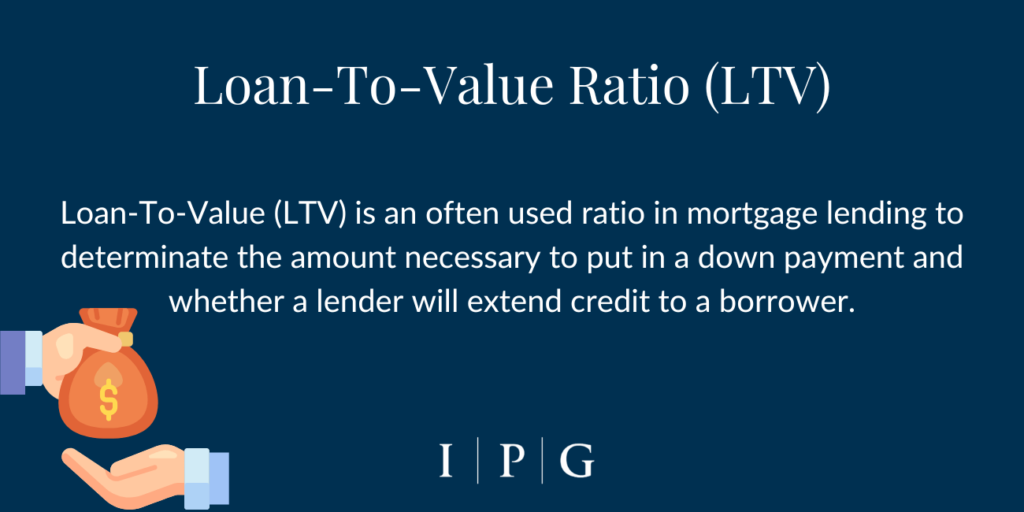Types of Commercial Real Estate Leases

Commercial real estate leases come in different types, each suited to different investor needs and property types. Investing in commercial properties is a popular way to grow an investment portfolio. However, not everyone can buy property outright due to the high initial cost, making leasing a practical option.
There are several lease types, but the main ones to know are gross, net, and modified gross leases. Each type handles rent calculations differently, affecting costs for both property owners and tenants. Let’s dive into the details of these key lease types, helping you understand your options in commercial real estate.
1. Gross Commercial Real Estate Lease: The Comprehensive “Full-Service” Option
A Gross commercial real estate lease simplifies financial planning for tenants by consolidating most property-related expenses into one predictable rent payment. Under this lease type, tenants pay a fixed rent amount, out of which the landlord manages the building’s operational costs such as insurance, taxes, maintenance (including security, utilities, and janitorial services). This model is often referred to as “all-inclusive rent,” offering tenants a hassle-free, full-service leasing experience.
Key to the gross lease is the transparency and understanding reached during negotiations, particularly concerning any utility usage that surpasses standard levels. For example, should a tenant’s operations significantly increase electricity consumption beyond what’s typical for the building, this will be outlined in the lease agreement. It determines whether such excess costs fall to the tenant or remain the landlord’s responsibility, ensuring no surprises for either party down the line. This clarity and all-encompassing approach make the gross lease an attractive option for tenants seeking simplicity and predictability in their commercial leasing arrangements.

2. Net Leases: A Closer Look at Cost-Sharing Arrangements
The Net lease structure introduces a more nuanced approach to commercial real estate leasing, where the base rent is typically lower, but tenants contribute to operational and maintenance expenses. This lease format allows for a direct charge for the space plus additional costs covering a range of operating expenses such as property insurance, real estate taxes, and upkeep for shared facilities including parking, trash collection, and fire sprinkler systems.
Depending on the agreement, it may also cover property management fees, janitorial services, and utilities for common areas. The Net lease is further divided into specific types, each with its own set of tenant responsibilities.
Single Net Lease (The “N” Lease)
In a Single Net Lease, tenants pay base rent along with certain maintenance expenses on a shared basis. While tenants might take care of their utilities and janitorial needs, the landlord typically handles the broader building expenses. This lease type fosters a partnership in maintaining the property’s operational standards.
Double Net Lease (The “NN” Lease)
The Double Net Lease adds property insurance and taxes to the tenant’s plate, on top of the base rent. While tenants are responsible for their utilities and cleaning services, landlords manage maintenance for communal areas and structural repairs. This lease type balances financial responsibilities between the tenant and landlord, promoting transparency in shared costs.
Triple Net Lease (The “NNN” Lease)
The Triple Net Lease, especially prevalent in retail and commercial buildings, requires tenants to pay base rent plus a share of “Net” expenses, including insurance, operating costs, property taxes, and utilities for common areas. Tenants’ contributions are proportional to their leased space, offering them insights into the building’s operational expenses and potential cost savings. Negotiating the terms of a NNN lease is critical to ensuring a fair distribution of annual expenses.
Absolute Triple Net Lease
The Absolute Triple Net Lease represents the most comprehensive form, placing all market risks on the tenant, including paying rent on unoccupied spaces or covering rebuild costs post-disaster. This lease type is less common due to its stringent nature but underscores the importance of understanding lease obligations fully.
Each Net Lease type offers a unique balance of cost-sharing between landlord and tenant, highlighting the importance of clear negotiations and understanding the financial implications of each leasing arrangement.
3. Modified Gross Lease
The Modified Gross Lease in commercial real estate offers a balanced solution, appealing to both landlords and tenants. This lease type combines rent into one payment, potentially covering costs like insurance, taxes, and utilities, with specifics negotiated between parties. It’s valued for its simplicity and predictability, allowing a single payment to cover most property expenses.
Flexibility is a hallmark of the Modified Gross Lease, with operating expenses typically shared based on the tenant’s occupancy percentage. This creates a fair, transparent setup that can be customized to suit the needs of both sides. By fostering open negotiations, the Modified Gross Lease provides a compromise that merges the best aspects of Gross and Net leases, promoting a collaborative and adaptable leasing environment.
Understanding Your Lease Options
Choosing the right commercial real estate lease involves more than just looking at the rent. It’s important to consider all possible costs that could be added to your monthly payments. Sometimes, you might find ways to lower these rates. Remember, the market usually keeps rental rates stable, but everything in a lease can be negotiated, so it is a wise idea to talk to professionals who are specialized in managing commercial properties.
It’s crucial for tenants to clearly understand and agree on what expenses they’ll be responsible for in their lease agreement. Knowing the different types of leases can help you avoid unexpected costs. Always discuss and negotiate the lease terms to ensure they work well for both you and the landlord. Being informed and ready to talk terms can lead to a better deal for your business.




